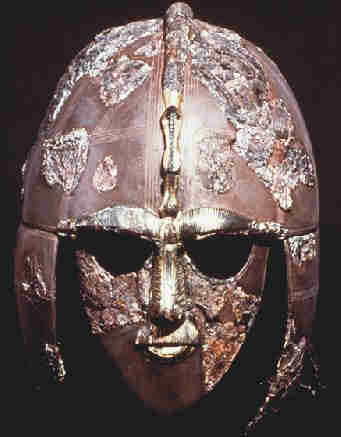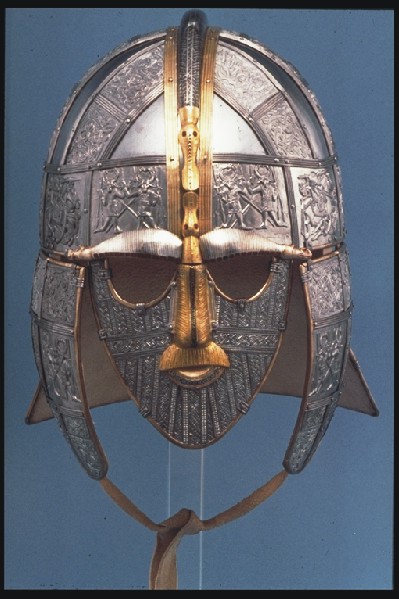Antique objects, such as pieces of pre-Colombian pottery, are highly valued. This creates an incentive for two sorts of illegal activity: looting and forgery. Looters violate regulations and damage the archaeological record by digging up pots without following research protocols and then selling them. Forgers cheat their customers by selling freshly manufactured “antiquities” at high prices.
It turns out that forgery, and in particular the increasing quality of the forged objects, tends to reduce the incentive for looting. A non-expert buyer who wants a genuine ancient artifact has no way of telling whether the object offered for sale is genuine or fabricated. As a result, like a used-car buyer in George Akerlof’s “lemons” problem, he is not willing to pay the price of a genuine article. Consequently, looters find that they can get good prices only from those capable of doing fancy scientific tests. That further reduces the density of genuine articles in the universe of articles offered for sale (e.g., on e-Bay) and thus their market price.
Apparently it has gotten to the point where the hourly earnings from forgery exceed those from looting, thus reducing the supply of looted items and the damage to ancient sites.
This is a lovely little finding. But it calls for some additional explication.
A genuine antique is worth more than a fabricated item in the sense that a knowledgeable buyer will pay more for it, if only because genuine articles are scarce. For an archaeologist or a museum curator, the forged article has no value at all.
But most of the “collectors” of such items are buying, in effect, home furnishings, or at most works of art. They’re not going to write learned papers about their objects. Why should they care about authenticity, other than the possibility of re-selling the item? Buying a crude forgery, of course, denies the owner the chance to learn something about art, or about the culture that produced the item, by giving it close attention. But buying a forgery that would fool an expert unless the expert had access to GC/MS is a different matter. Yes, there’s something special about a genuinely old article that makes you proud to own it, but is that feeling of pride really justified? I can’t much see how.
So why shouldn’t the museums do what they can to increase the value to non-expert collectors of the forgeries on the market, by offering certification of the fakes good enough to appear genuine? (They could, of course, also turn an honest profit by doing so; after all, many of them now sell reproductions of items in their own collections; in some sense a good forgery is more like an original work of art than any replica is.)
Rarity value has created an artificial taste for the cracks and corrosion that pottery accumulates over time: a little like acid-washed blue jeans. I, for one, would much rather have something that looks like what the original artist made and the original buyer saw. For example, it takes more imagination than I possess to see the beauty in the corroded royal helmet from the Sutton Hoo treasure.

But the British Museum replica of that helm should be enough to keep any sane person from thinking of the Anglo-Saxons as “barbarians.”

So how about encouraging people capable of convincing forgeries of antique works of art to produce both the “old,” corroded items that look like the objects in museums and also their “new” mates? Wouldn’t the pair of objects make a more interesting display than either one alone?